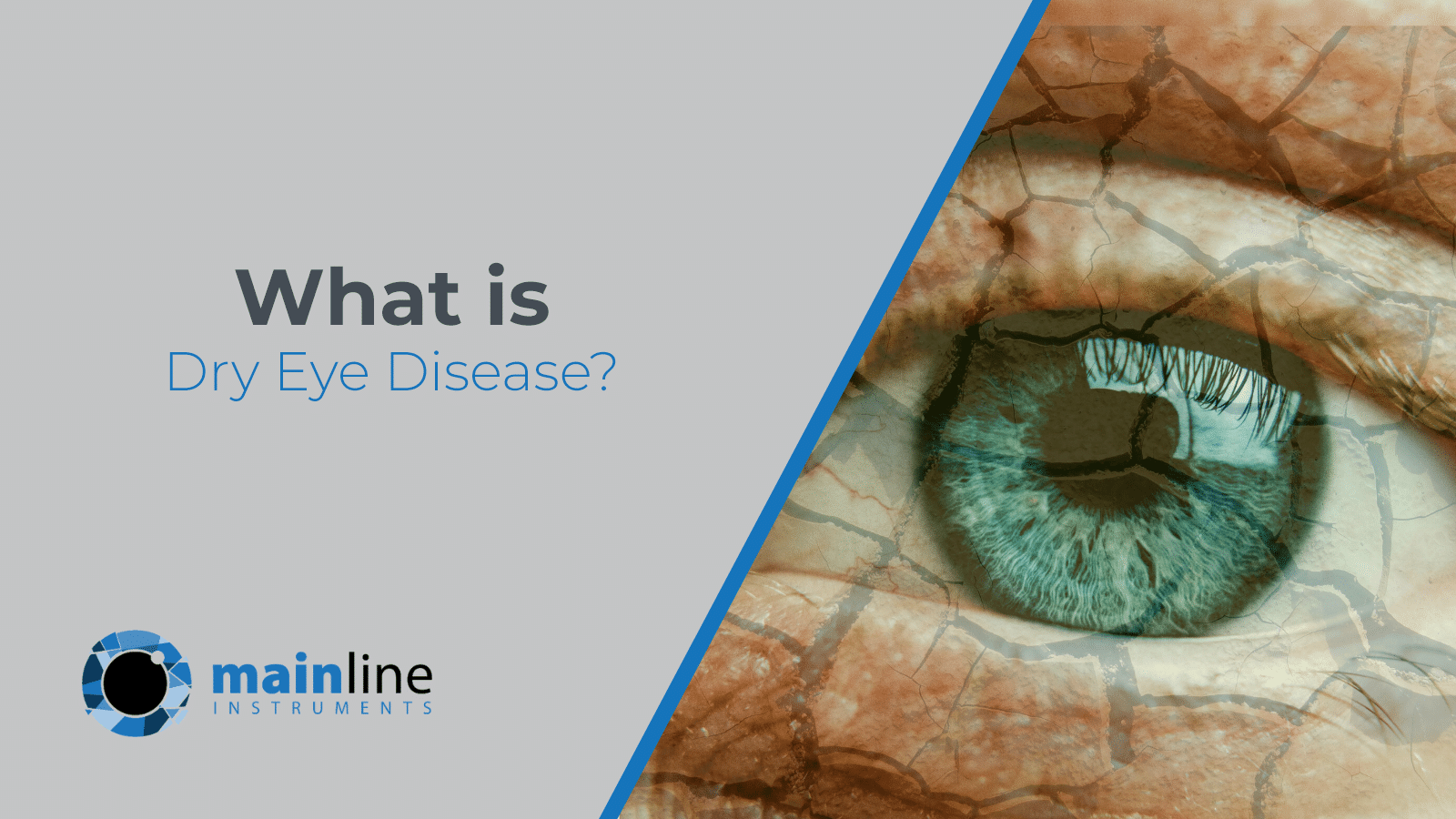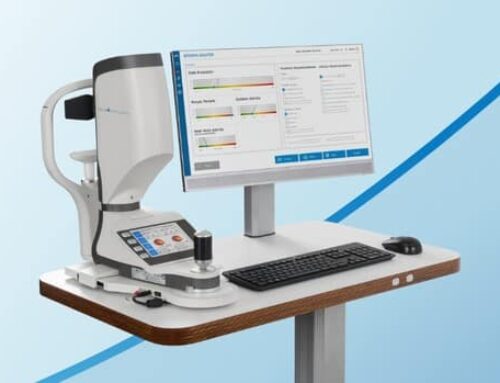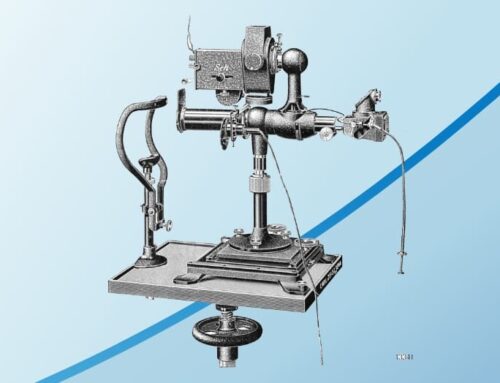What is dry eye disease?
Dry eye disease (DED) is a common problem that develops when there is a reduction in the quantity or quality of tears. This causes the tear film to become unstable and break up earlier than normal, which leads to dry spots on the cornea, which cause discomfort.[1]
Symptoms of DED can include[i][2]:
- Tired eyes
- Blurred vision which improves after blinking or rubbing the eyes
- Red eyes
- Gritty or sore feeling eyes
- Watery eyes
- Light sensitivity
Common causes of dry eye disease:
- Age
- Hormones – including contraceptives, pregnancy and menopause
- Contact lenses
- Ocular surgery – particularly laser surgery (LASIK/LASEK)
- Medications
- Underlying medical conditions – e.g. Sjorgren’s Syndrome
- Underlying ocular conditions – e.g. Blepharitis
- Bleph-ex treatment
- Meibomian expression
There are 2 common types of dry eye among many others which are[3]:
Evaporative dry eye – deficiency in the lipid layer of the tear film causes evaporation of tears from the ocular surface
Aqueous deficiency dry eye – reduction in quantity of tears is released from the glands, causing a thinner, less stable tear layer
Treatment for dry eye can include:
- Anti-inflammatory drugs for eyelids
- Eyedrops to control cornea inflammation.
- Eye inserts that work like artificial tears.
- Tear-stimulating drugs called cholinergics.
- Closing your tear ducts to reduce tear loss.
- Tear ducts can be plugged with tiny silicone plugs (punctal plugs).
- Using special contact lenses.
- Unblocking oil glands.
- Using light therapy and eyelid massage.
- Using electromagnetic or low-power high-frequency electric fields, capable of stimulating the metabolism and natural regeneration of cells.
Lifestyle changes:
There are some lifestyle changes you can make that may improve dry eye symptoms, such as:
– wearing sunglasses with side shields to prevent tears from evaporating.
– blinking often when doing the same task for a long time, like reading or looking at a computer.
– using a cool mist humidifier to add moisture to the air.
– drinking water throughout the day to stay hydrated.
– avoiding smoking and limiting exposure to secondhand smoke.
If you are experiencing symptoms of dry eye you should go to your optometrist. Using devices such as the HDA-100 they can detect and diagnose dry eye disease in 4 minutes.
Read more about the HDA-100 here.
References:
[1] https://vismed.trbchemedica.co.uk/business-professionals/understanding-dry-eye/summary-of-dry-eye
[2] https://www.mayoclinic.org/diseases-conditions/dry-eyes/symptoms-causes/syc-20371863







